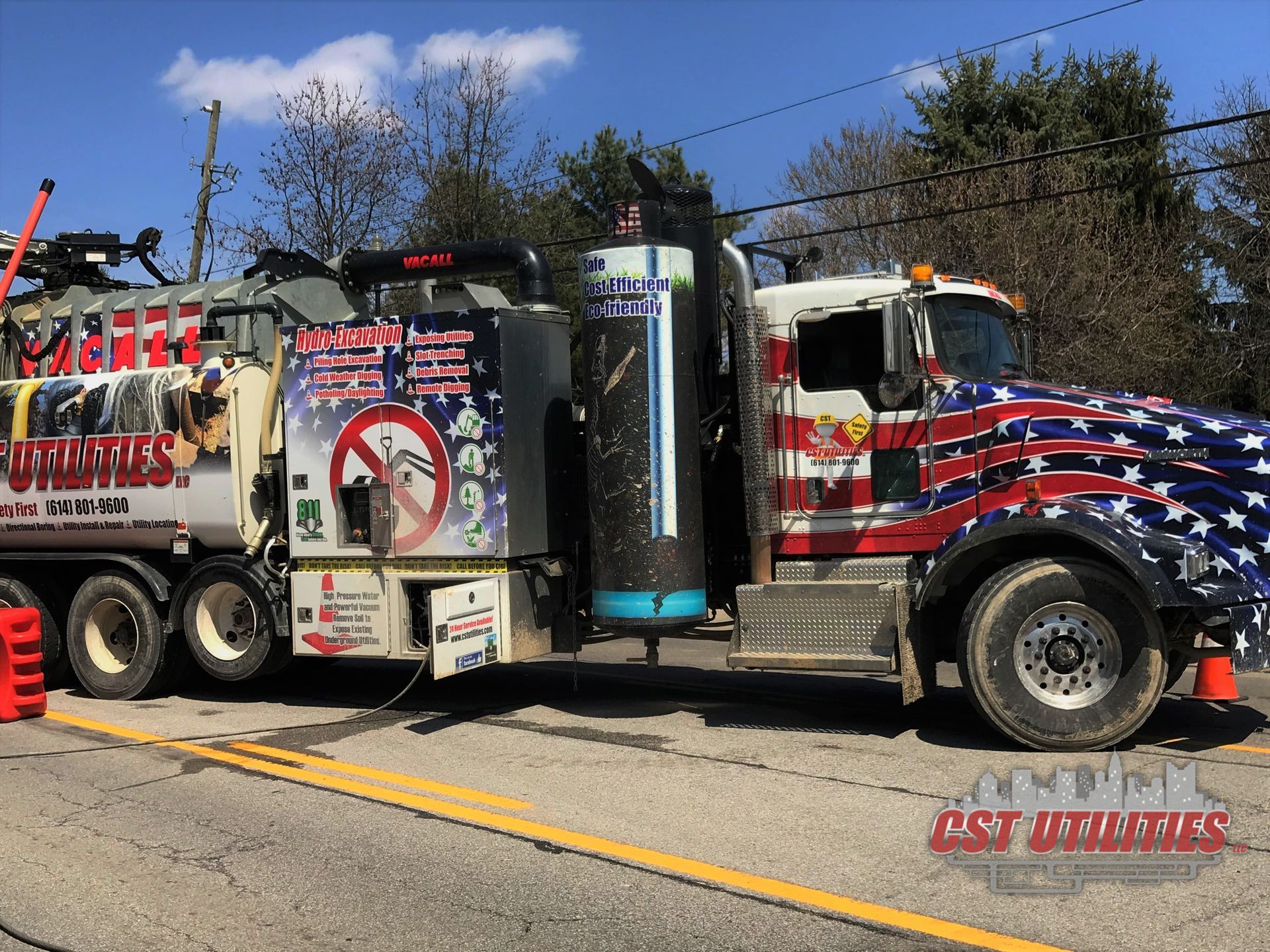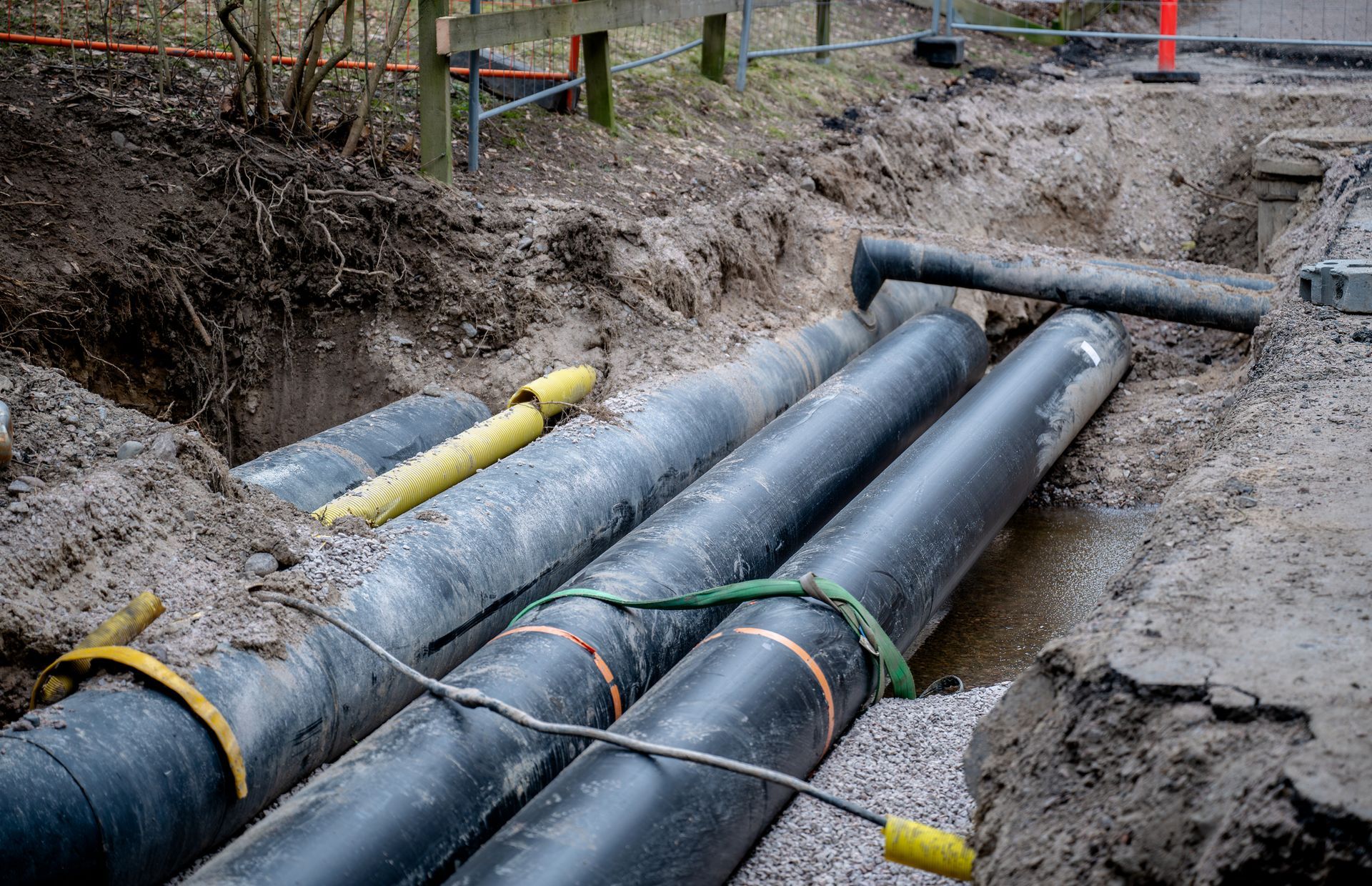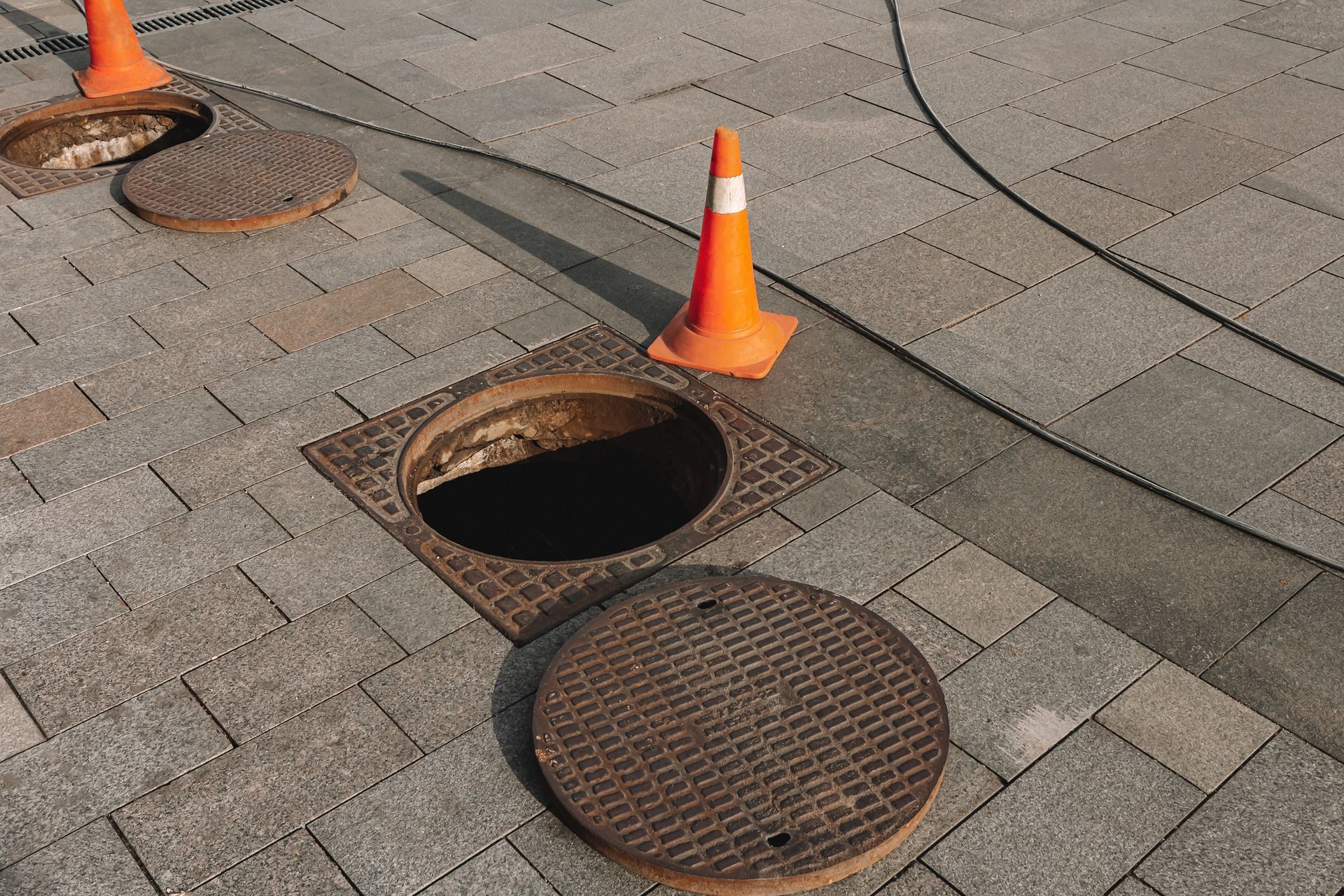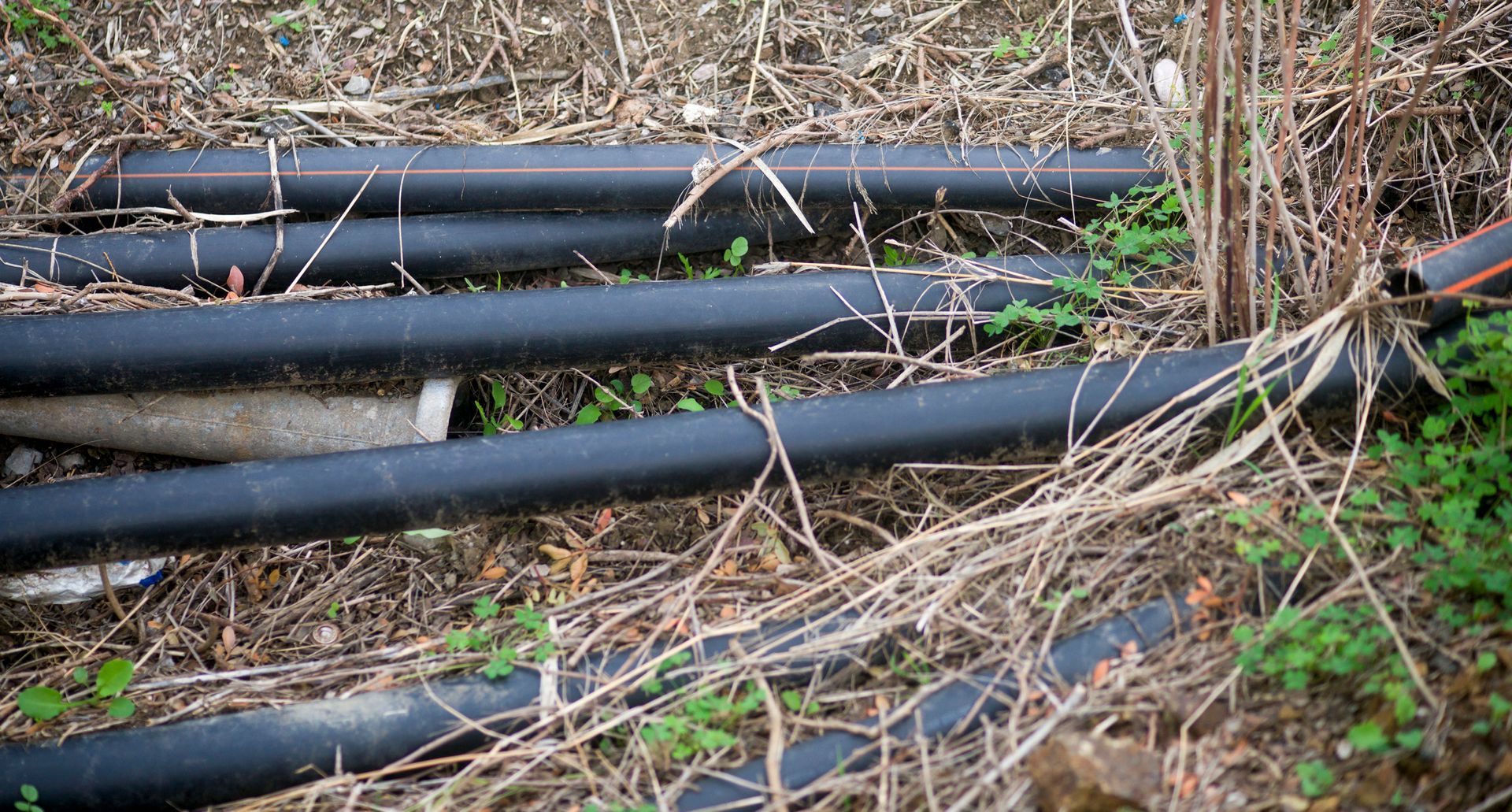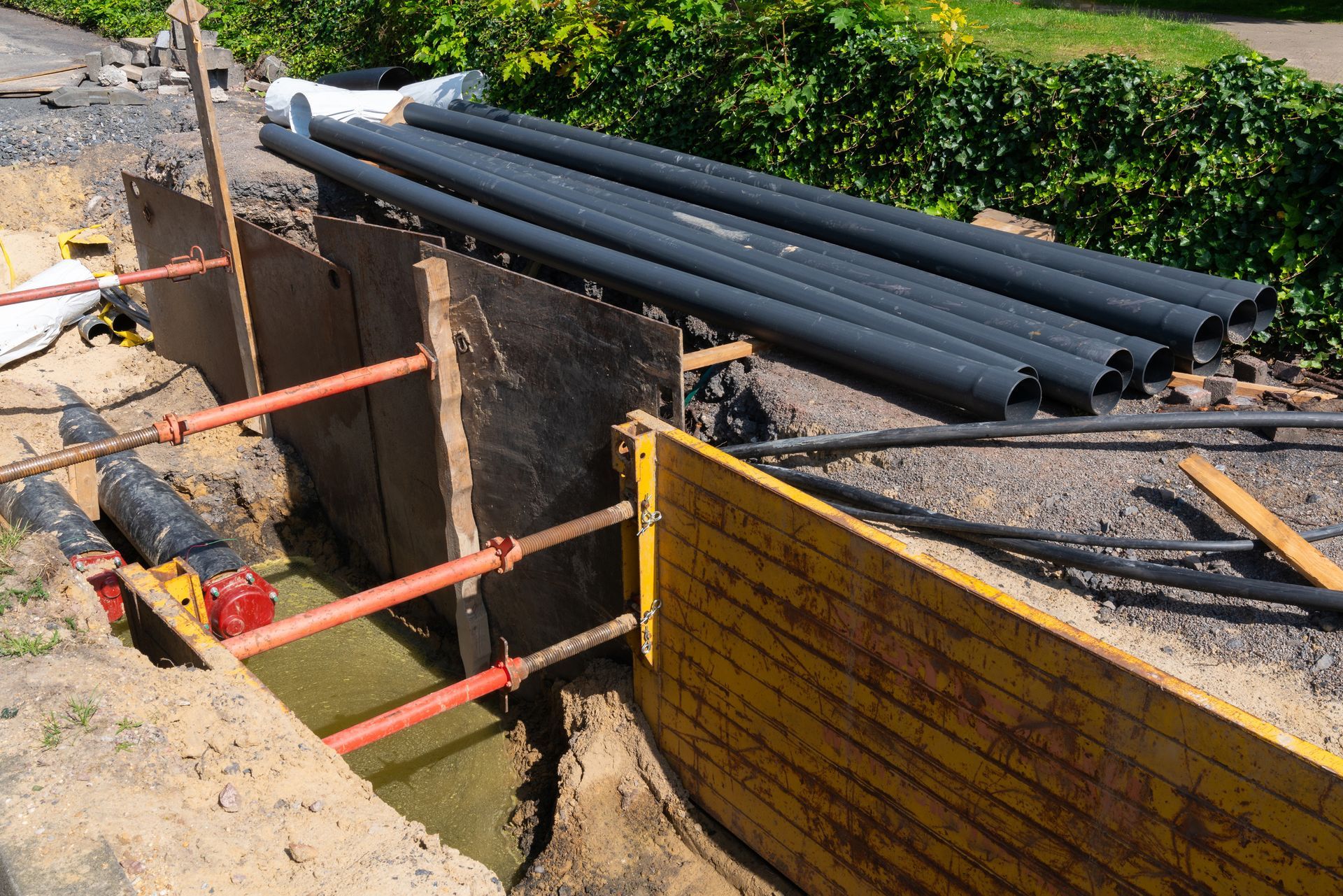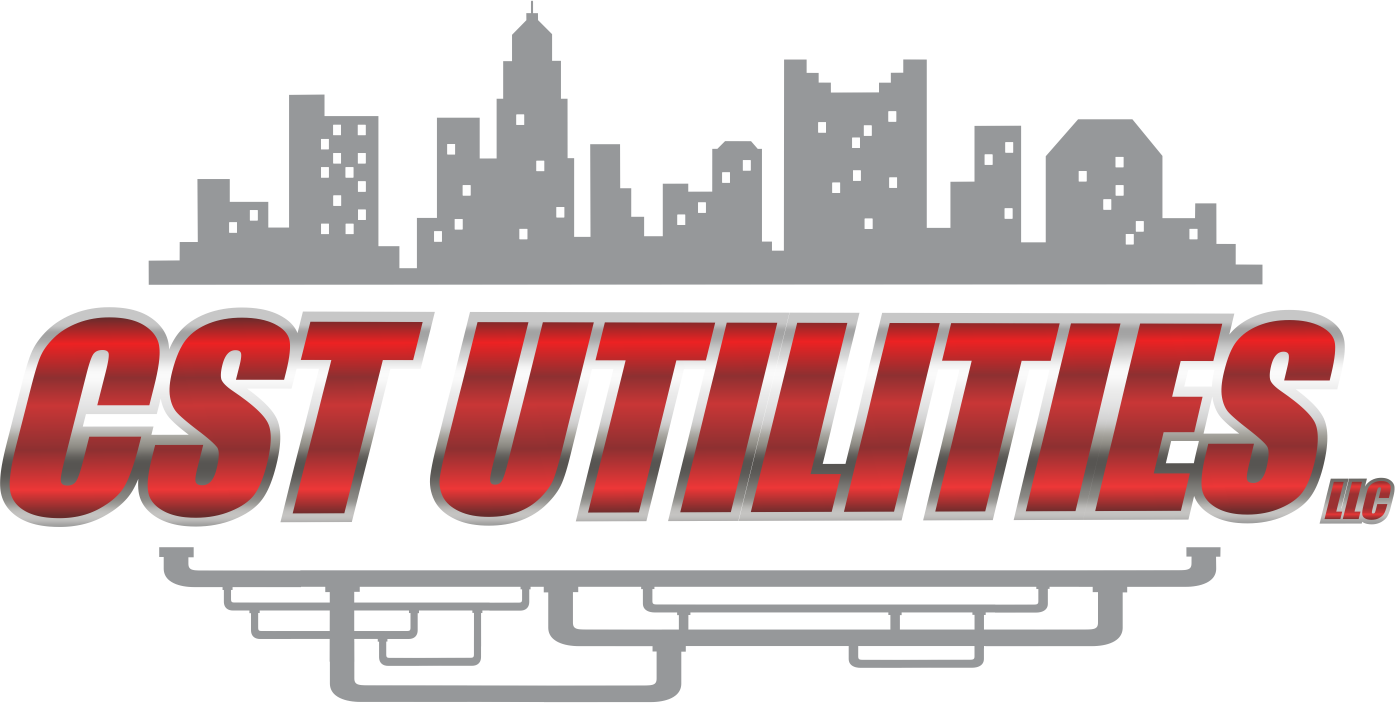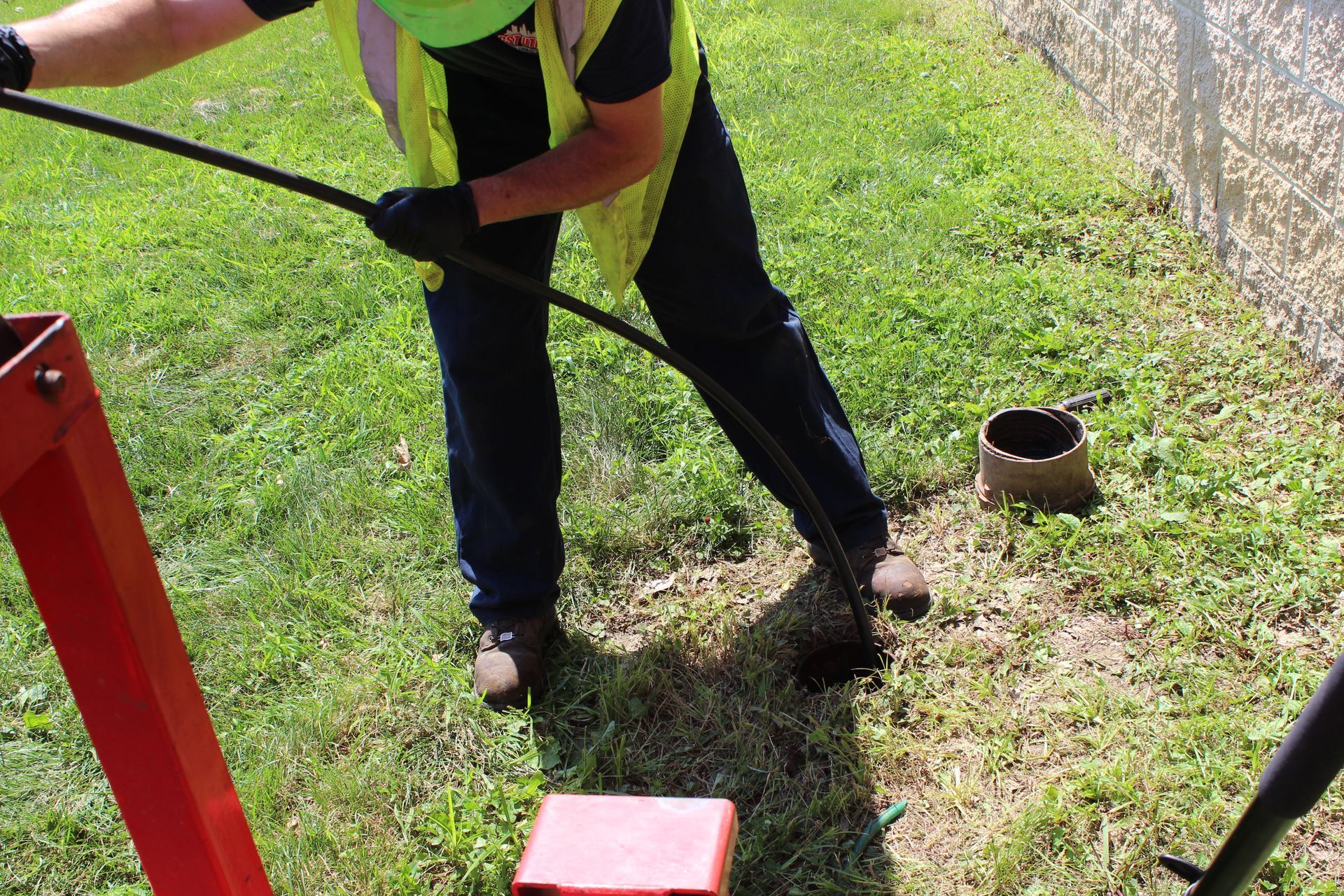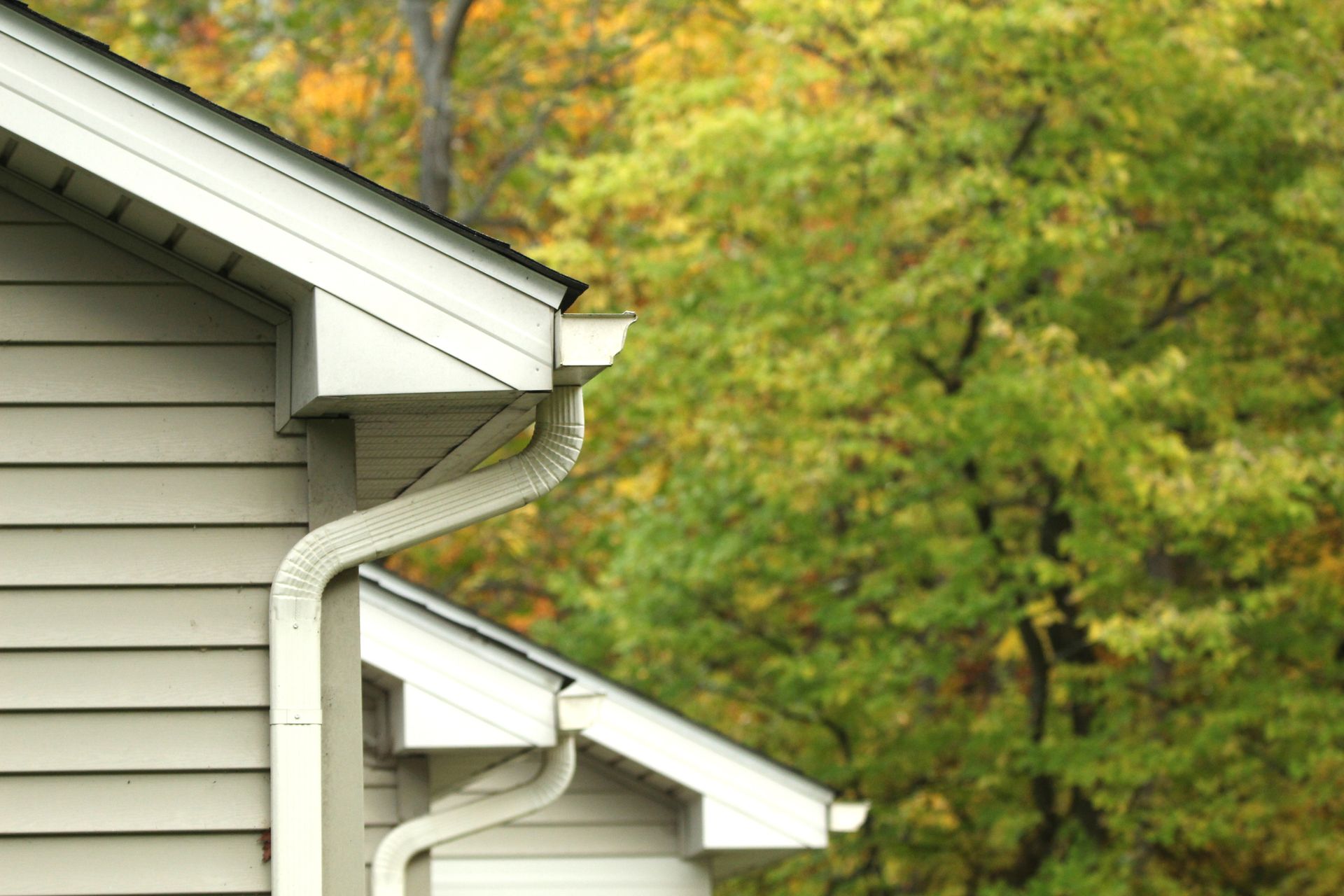Why Directional Boring is the Most Efficient Way to Install Utilities in High-Traffic Environments
In today’s fast-paced world, the installation of utilities such as water lines, power cables, and communication infrastructure needs to be carried out with minimal disruption to everyday life. High-traffic environments, such as urban centers, highways, and bustling commercial areas, pose unique challenges for utility installation. Directional boring, also known as horizontal directional drilling (HDD), has emerged as the most efficient and effective solution for such scenarios. Here’s why:
1. Minimal Surface Disruption
sidewalks, and landscaping. This not only inconveniences commuters and pedestrians but also requires costly and time-consuming restoration efforts. Directional boring, on the other hand, involves drilling a small pilot hole beneath the surface, leaving the ground above virtually untouched. This is especially beneficial in high-traffic areas where maintaining the flow of vehicles and pedestrians is crucial.
2. Reduced Traffic Congestion
High-traffic environments are already prone to congestion, and open-cut trenching can exacerbate the problem by closing lanes or rerouting traffic. Directional boring significantly reduces the need for surface-level disruptions, allowing vehicles and pedestrians to move freely while the work is being carried out underground. This efficiency helps municipalities maintain economic activity and minimize public inconvenience.
3. Enhanced Safety
Excavation sites can pose safety risks to workers and the public, especially in busy areas. Directional boring eliminates open trenches, reducing the likelihood of accidents such as falls or vehicle collisions. The method also minimizes exposure to underground hazards like gas lines or electrical cables, as advanced technology is used to precisely locate and avoid existing utilities.
4. Versatility Across Terrain
One of the standout features of directional boring is its ability to adapt to various ground conditions and obstacles. Whether it’s drilling under rivers, roadways, or buildings, HDD technology can navigate around obstacles with precision. This versatility makes it the ideal choice for high-traffic environments with complex underground infrastructure.
5. Cost and Time Efficiency
While the initial investment in directional boring may be higher than traditional trenching, the long-term savings are substantial. The method reduces the need for extensive labor, surface restoration, and prolonged project timelines. Faster installation translates to lower overall costs and less disruption to businesses and daily life in high-traffic areas.
6. Environmental Benefits
Directional boring is an environmentally friendly option compared to traditional excavation methods. By reducing the amount of soil disturbance and avoiding the need to remove large amounts of earth, HDD minimizes environmental impact. Additionally, the reduced surface disruption means less dust and debris, contributing to cleaner air quality in densely populated areas.
Conclusion
Directional boring has revolutionized the way utilities are installed in high-traffic environments. Its ability to minimize surface disruption, reduce traffic congestion, enhance safety, and adapt to complex terrains makes it the most efficient and practical solution for modern infrastructure needs. As cities continue to grow and demand for utilities increases, embracing advanced technologies like directional boring will be key to building resilient and sustainable urban landscapes. Call us today about your directional boring needs.
